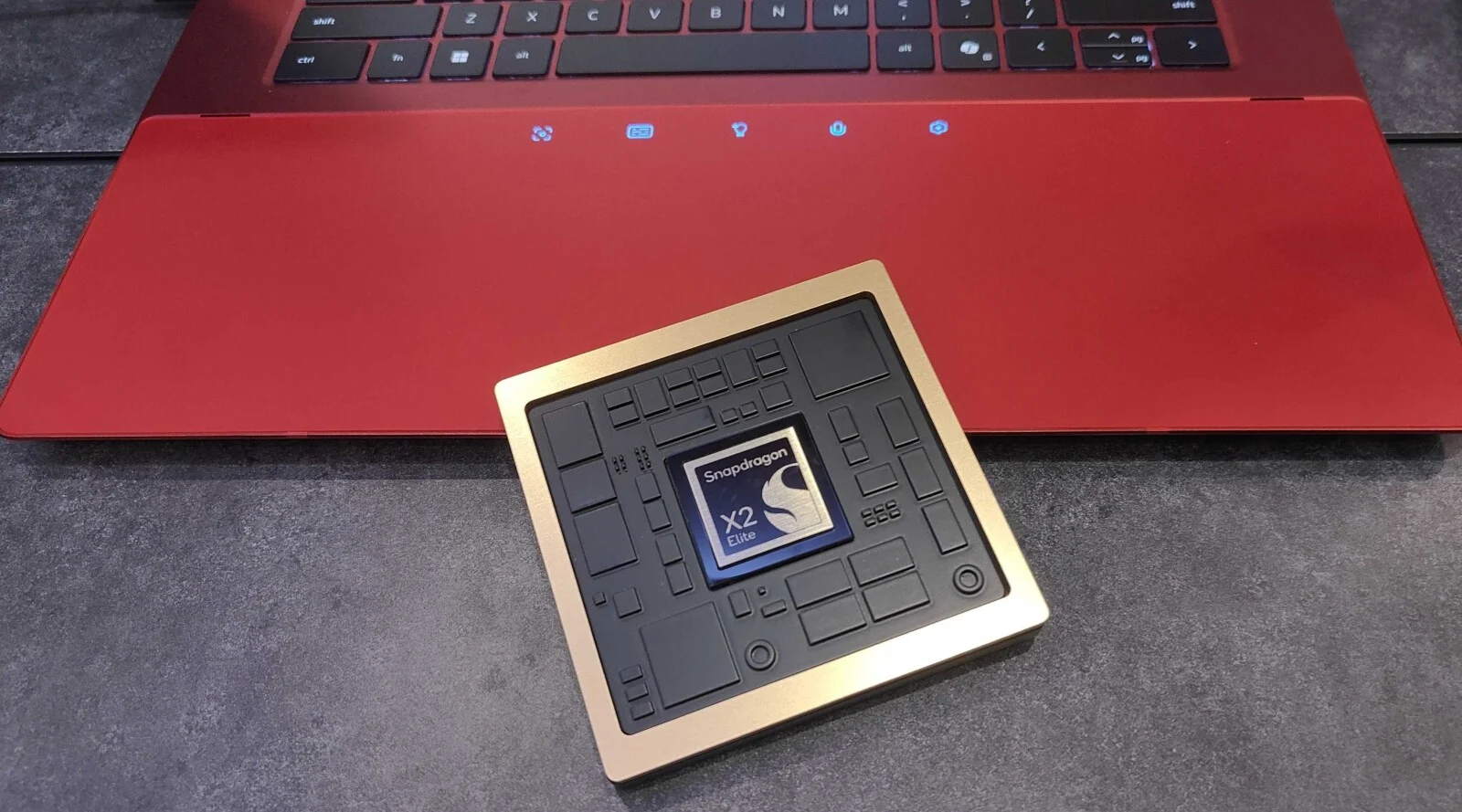A gargantuan gas cloud of gas once ejected from Milky Way is on its way back much like the proverbial adage chickens coming back to roost. The colossal cloud is mostly made of hydrogen and is racing towards our galaxy at an amazing speed and when it collides the effects will be spectacular. Don’t panic because the event will happen some 30 million years from now. So we will have plenty of time to prepare.
It was discovered way back in 1963, the “Smith Cloud” so called after its discoverer Gail P Smith who first sniffed it out at the Dwingeloo Radio Observatory in the Netherlands.
Since it was discovered in 1963, we must know quite a bit about it. By observing the radio wavelengths with the NRAO’s Green Bank Observatory in West Virginia and also the Hubble Space Telescope has revealed that the gas contains heavy elements like sulfur. The arching trajectory also indicates an origin in a star enriched region along the outer edges of the Milky Way Galaxy.
The leader of the research team Andrew Fox of the Space Telescope Science Institute in Baltimore, Maryland, explains that it is a glaring example of how the galaxy is changing with the flow of time. The Smith Cloud is telling us that The Milky Way is not a quiet and stable place but is bubbling with activity and gases from one end of the disk could be ejected and then return down into another.
The Smith Cloud is shaped just like a Comet but contains no stars and is also not visible. However if it were visible, it would encompass an area in the night sky as large as the constellation Orion.
The collision will happen when the high-velocity cloud does impact the disc of the galaxy in about 30 million years, and it will happen at an arm different than one in which our solar system resides. The collision will lead to an explosion of star birth to the order of two million new solar mass stars.








Add Comment